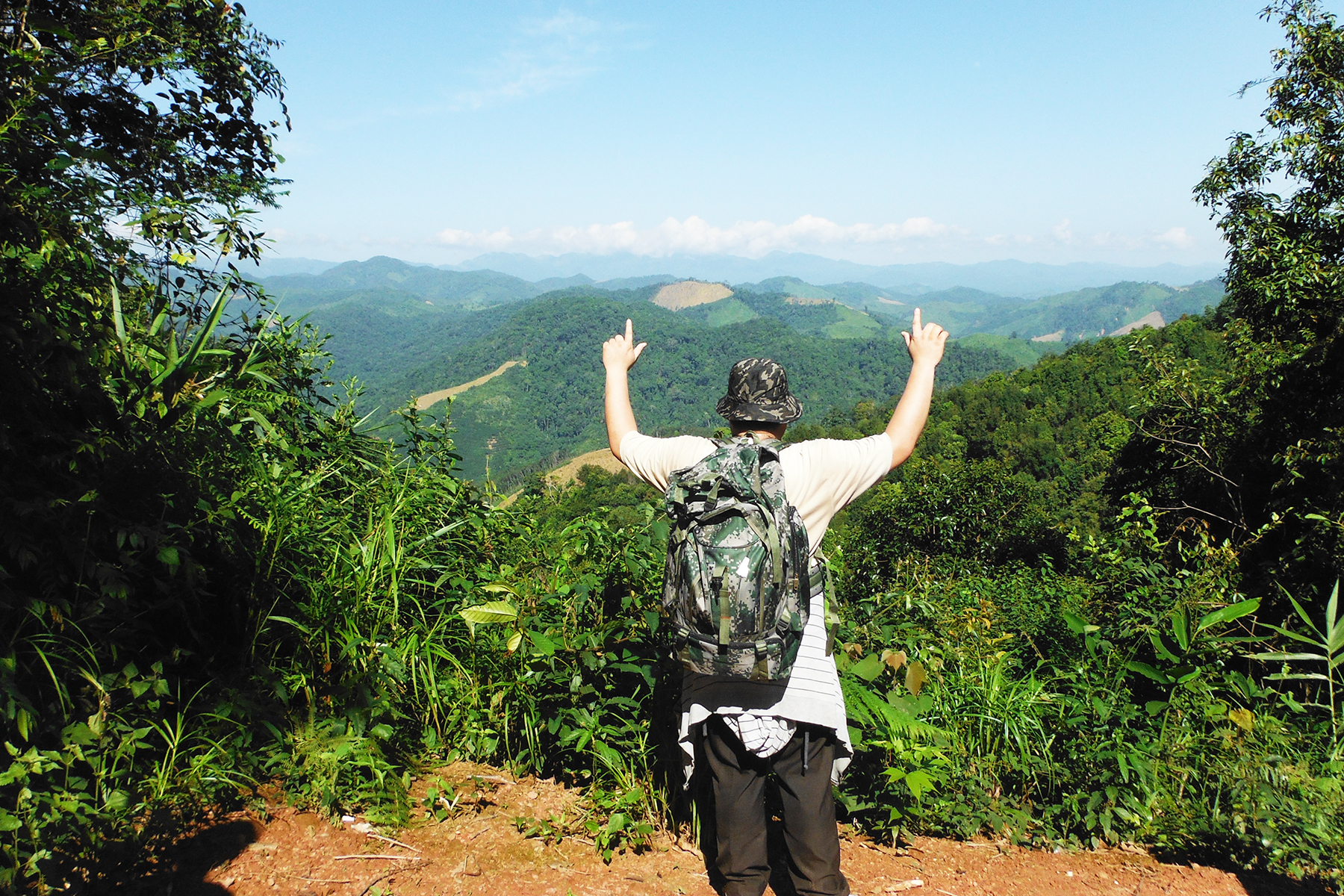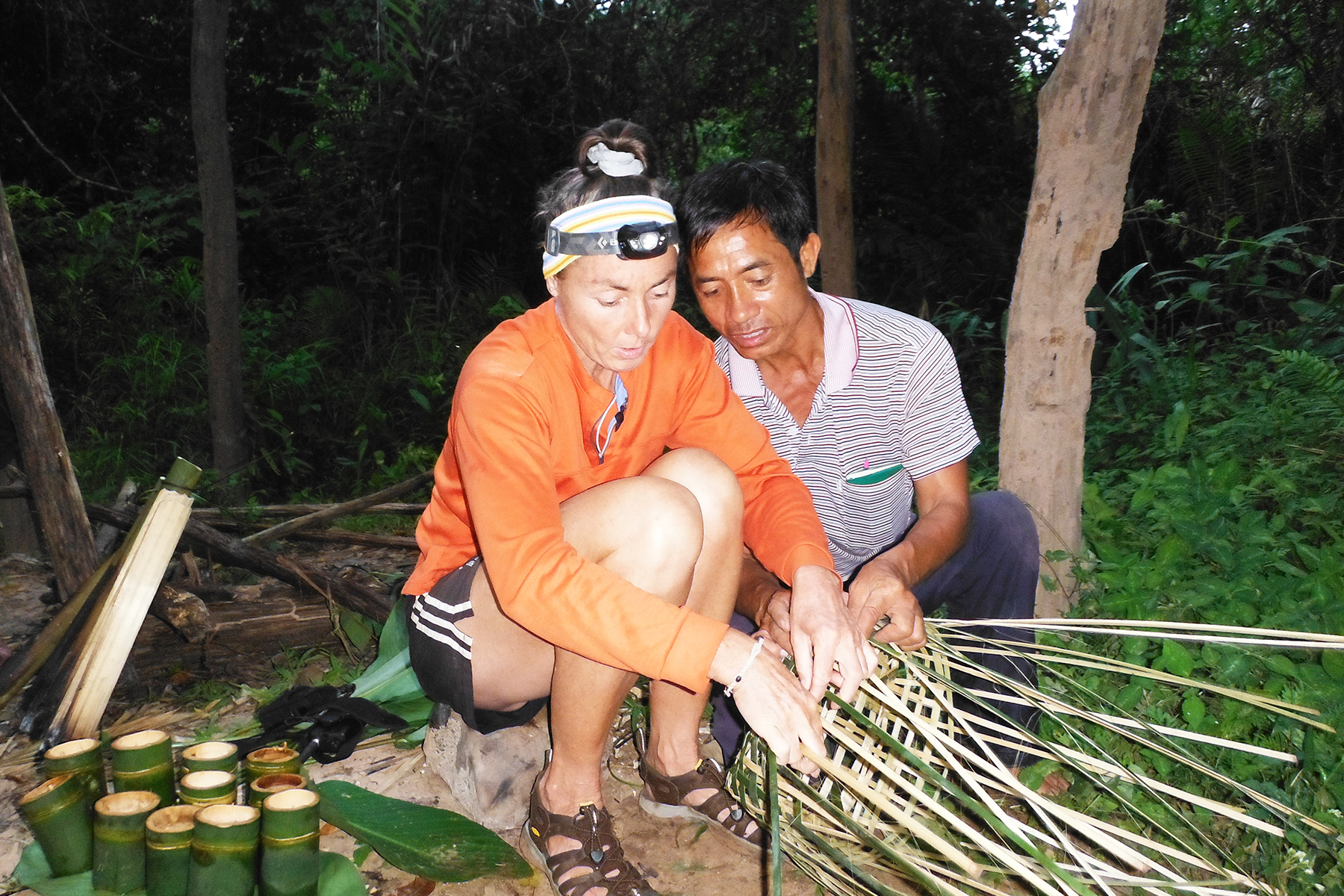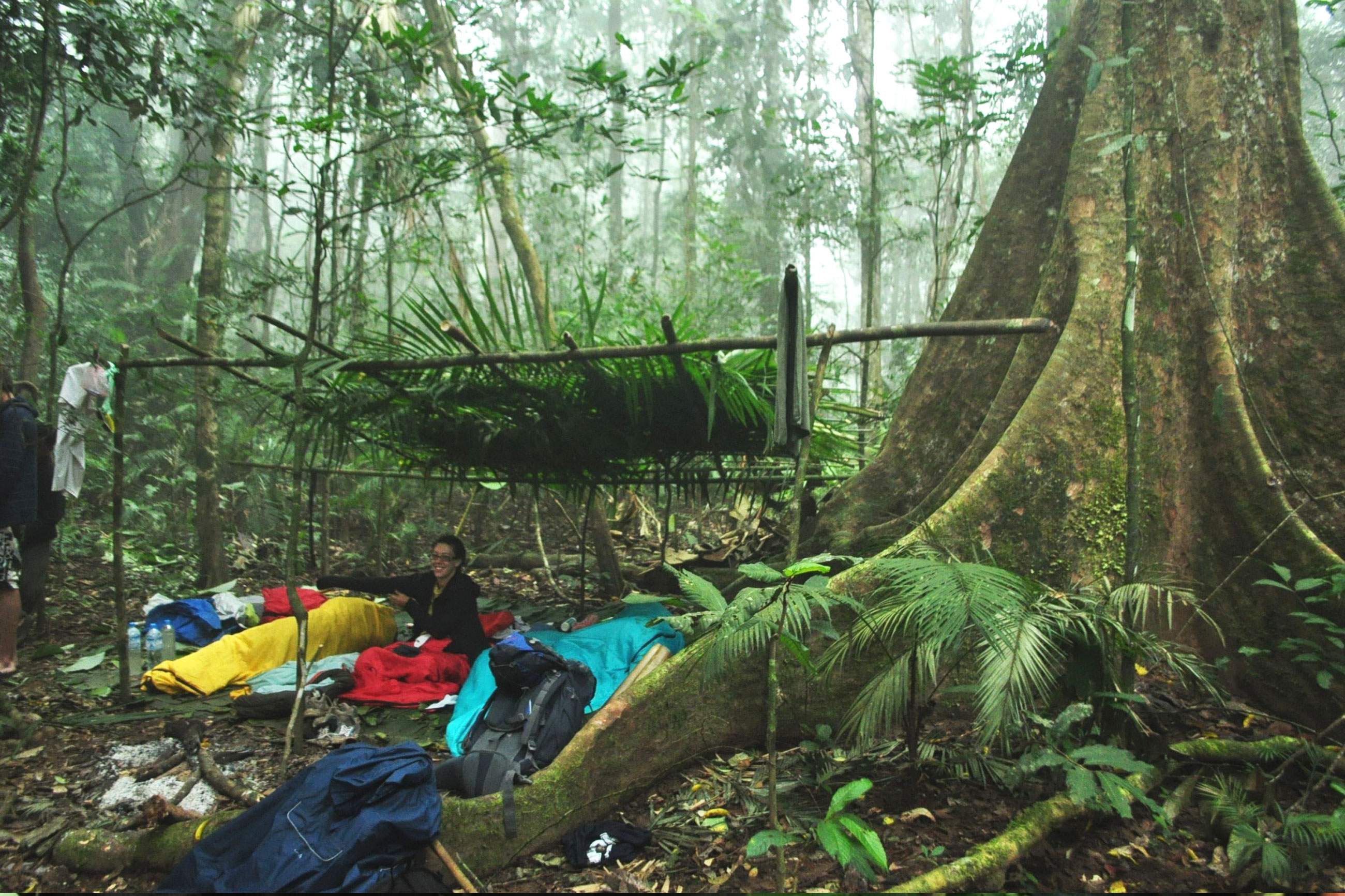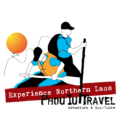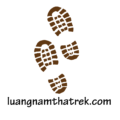Where the Adventure Begins in Luang Namtha
Stroll down Luang Namtha’s main street near the Night Market and step into a postcard world of a laidback tourist hub: a cluster of clean and comfortable guesthouses, small restaurants serving local and international dishes, and tour operators in tidy, open-front shops with tour-menu slates out front.
Those lists of activities have grown over the years, but trekking and homestays in the Nam Ha National Protected Area (NPA) still dominate the charts.
Trails and villages are within reach of all ages. A short tuk tuk ride from town leads to Ban Nam Dee’s homestay, and the short hike to its waterfall, perfect for families and baby boomers. Hardcore adventurers can sign up for rigorous multi-day treks with overnight stays, forest retreats, and jungle camps. More moderate two-and-three-day programs offer similar experiences without steep climbs.
Kayaking on the mountain-lined Nam Tha River remains a big hit, especially during Adventure Season (June-October) when the water level is high. Trips range from paddling on calm waters to navigating challenging whitewater, and overnight village stays await those on multi-day expeditions. You can also hire a long-tail boat to do all the work. Cycling tours visit ethnic villages and pedal on to Sing District. Travelers can also rent bicycles and motorbikes to reach communities and attractions closer to town.
Adventurers are increasingly climbing onboard new multi-day combination tours, which offer trekking, kayaking, and cycling components selected from existing programs.
To help you navigate the choice of tours available from Luang Namtha Town, check out the adventure activities we spotlight, which can be booked at the Visitor Information Center.





